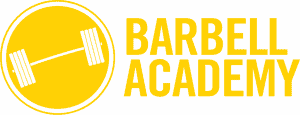Similarly, pushing assessments measure imbalances and inefficiencies. Pushing assessments expose flexibility during movement, core strength, balance and muscular control while pushing. Similarly pushing assessments are less common but can be a great indicator of any imbalances.
To perform a pushing assessment you’ll need a friend or a way to record yourself. Pushing assessments are best performed in a standing position. However they can be performed on a machine if a standing option is not available.
- Using a standing cable chest press is ideal when performing this assessment.
- Begin by standing upright with abs drawn in, feet in a split stance and toes pointing forward.
- Press the handles forward and return to the starting position.
- Repeat 20 times.
When reviewing the movements you’ll want to make sure you’ve captured the assessment from a side view. You’ll want to look for the following:
- Did the lower back arch?
- Do the shoulders elevate upward?
- Does the head move forward?
Record your findings and then refer to the following table for possible imbalances.
| Checkpoint | Compensation | Overactive | Underactive |
| LPHC | Low back arches | Hip flexors Erector spinae |
Intrinsic core stabilizer |
| Shoulder complex | Shoulder elevation | Upper trap Sternocleidomastoid Levator scapulae |
Mid / lower traps |
| Head | Head migrates forward | Upper traps
Sternocleidomastoid |
Deep cervical flexors |
